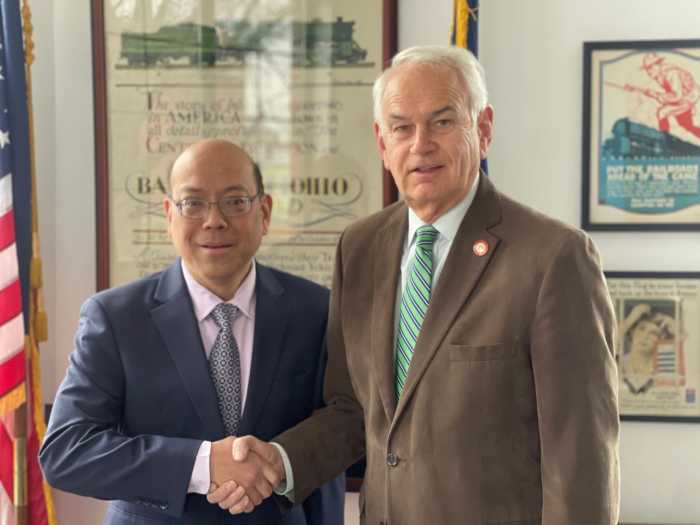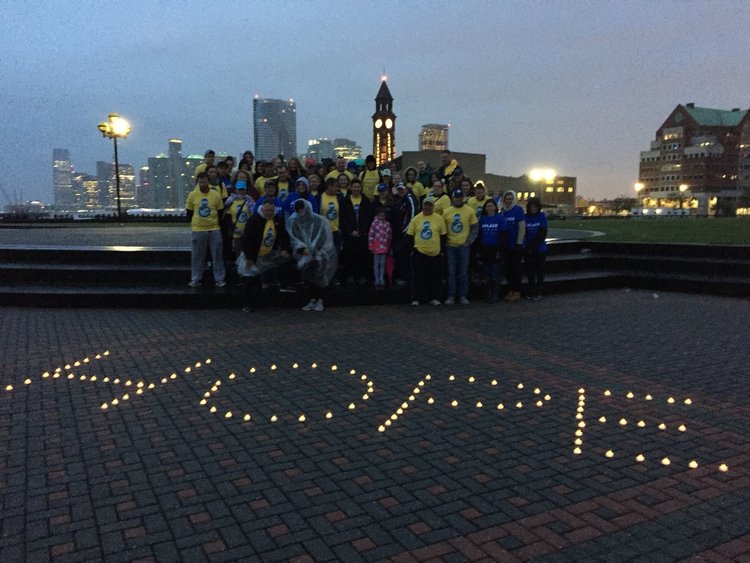By Corey Bearak
For the third time, Mayor Michael Bloomberg will appoint a charter revision commission, as reported by Jennifer Steinhauer earlier this month in the New York Times. Last summer, The Public Ought to Know recommended areas that merit review by such a commission. (See www.zwire.com/site/news.cfm?newsid=9862238&BRD=1079&PAG=461&dept_id=170341&rfi=8.) Add to that list modest reform of the appointment of community board members.
Past columns also questioned using a charter commission to avoid the normal legislative process. This appears the case with the budget, administrative, judicial and procurement reforms the mayor wants his latest commission to consider.
The current topics offer little basis to justify a new commission unless the mayor plans to use the commission to block a referendum – like Giuliani did on Yankee Stadium or Bloomberg did last year with the United Federation of Teachers ballot proposal to reduce class size.
The last major charter reform debate (1988-1989) found the civic movement at a crossroads. Queens retained only two regional civic councils representing civic associations in northeast Queens. Civic councils that covered western and central Queens had ceased to exist. The lack of a central forum left civic life to civic leaders' informal relationships.
The two functioning Eastern Queens and United Civic Councils would periodically convene under the Federation of Civic Councils of the Borough of Queens banner to adopt a platform. Civics without a regional council also participated. The civic platforms demonstrated how civic leaders remained in sync.
The regional councils' demise coincided with the rise of community boards four decades back and their nadir in the 1970s. The backdrop was neighborhood changes that affected the civic fabric of communities.
Blockbusting tactics by unscrupulous realtors who played on fears of newer families who might look different or bring unfamiliar traditions led to large household turnovers in parts of Queens.
Newer families often knew little or nothing at all about existing civic institutions, life and structure; they quickly found their community boards, whose creators envisioned as “little city halls.”
Community board meetings became forums to address community gripes and concerns. Council members and borough presidents appoint board members.
The City Charter lists 21 charges for each community board, including to consider its district's needs; work with agencies and public officials and hold public and private meetings on matters “relating to the welfare of the district and its residents”; prepare plans for the district's growth, improvement and development; submit an annual statement of needs – including program and project recommendations – to the mayor; review and propose capital projects; hold public hearings and submit recommendations to the mayor and council on the city budget and on community development projects; and initial review of land use proposals.
As the 1980s ended, civic leaders felt City Hall and municipal agencies listened little to neighborhoods, despite city charter reforms that institutionalized community input and review through community boards. This view galvanized civics to work together on city charter reform after a federal court ruled that the city's Board of Estimate – the five borough presidents, the mayor, comptroller and City Council president (today's public advocate) – violated one-man, one-vote provisions. In response, the 1989 commission proposed today's shift of many powers enjoyed by the Board of Estimate where borough presidents could exercise a borough voice to the City Council.
Civic leaders mobilized to protect their borough voice. Their support helped ensure the strategic planning, budget and land use roles that borough presidents enjoy.
Civic leaders saw no victory in retaining borough presidents with a changed but still strong role. Many advocated Queens' secession from the city. That movement, and a supportive then Borough President Claire Shulman who co-sponsored two civic forums, gave the civic movement new energy.
Eastern Queens and United Civic Council leaders met to draw new civic federation by-laws with the aim of bringing back other borough civics. They instead proposed the Queens Civic Congress, today's effective voice for borough civics.
The civic changes also exacerbated a disconnect including adversarial relations and little support for neighborhood civics when some community board members fail to maintain their relationship with their civic, senior, youth, faith-based or business organization. A voice at the table remains different than a speech at a public hearing. Prospective and existing community board members should certify involvement in a community group to gain appointment or reappointment. This change will ensure community boards include not just people with knowledge and expertise but ongoing communal involvement that ensures each community in the district a seat at the table.
Corey Bearak is an attorney and adviser on government, community and public affairs. He is also active in Queens civic and political circles. He can be contacted via e-mail at Bearak@aol.com.
































